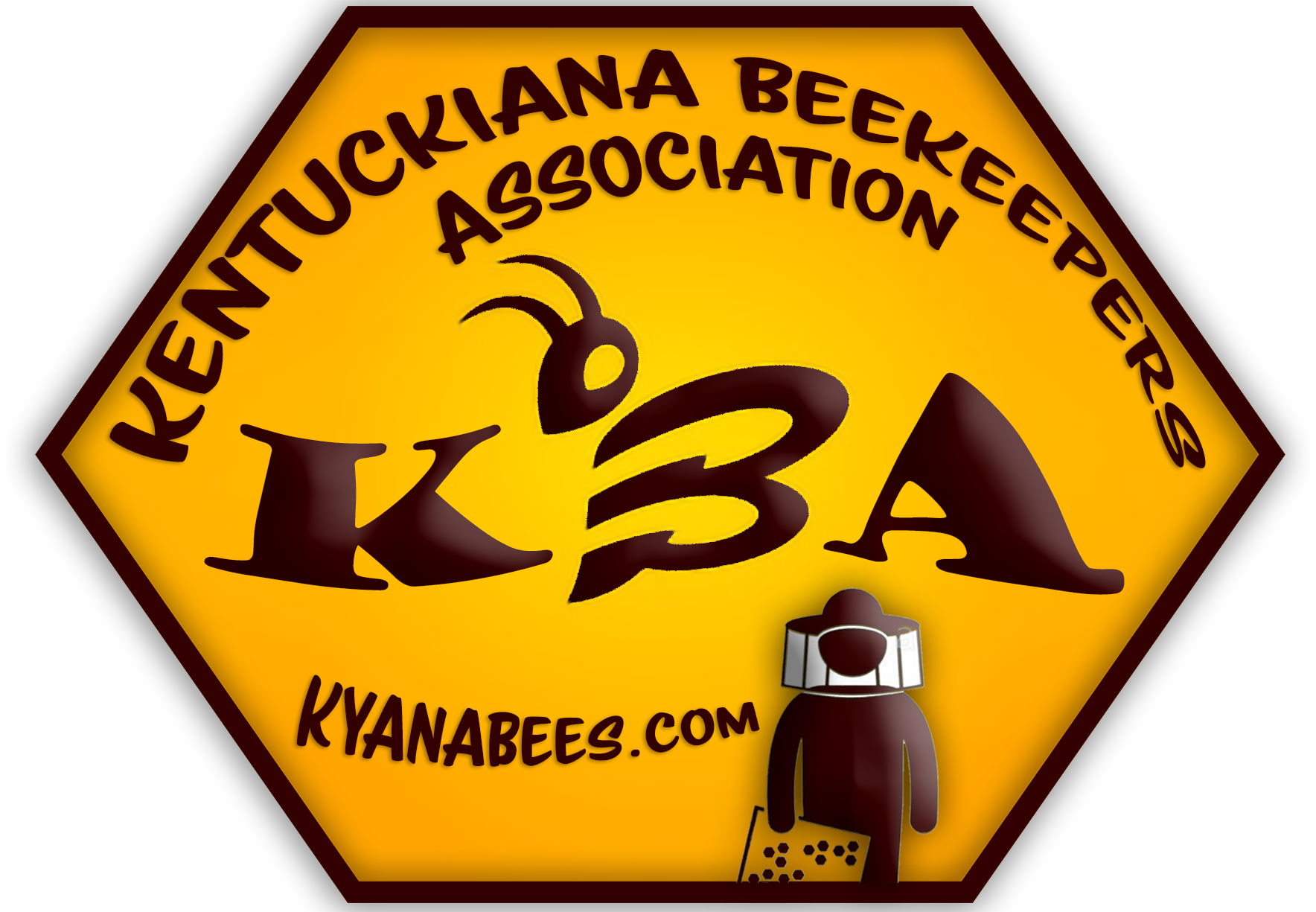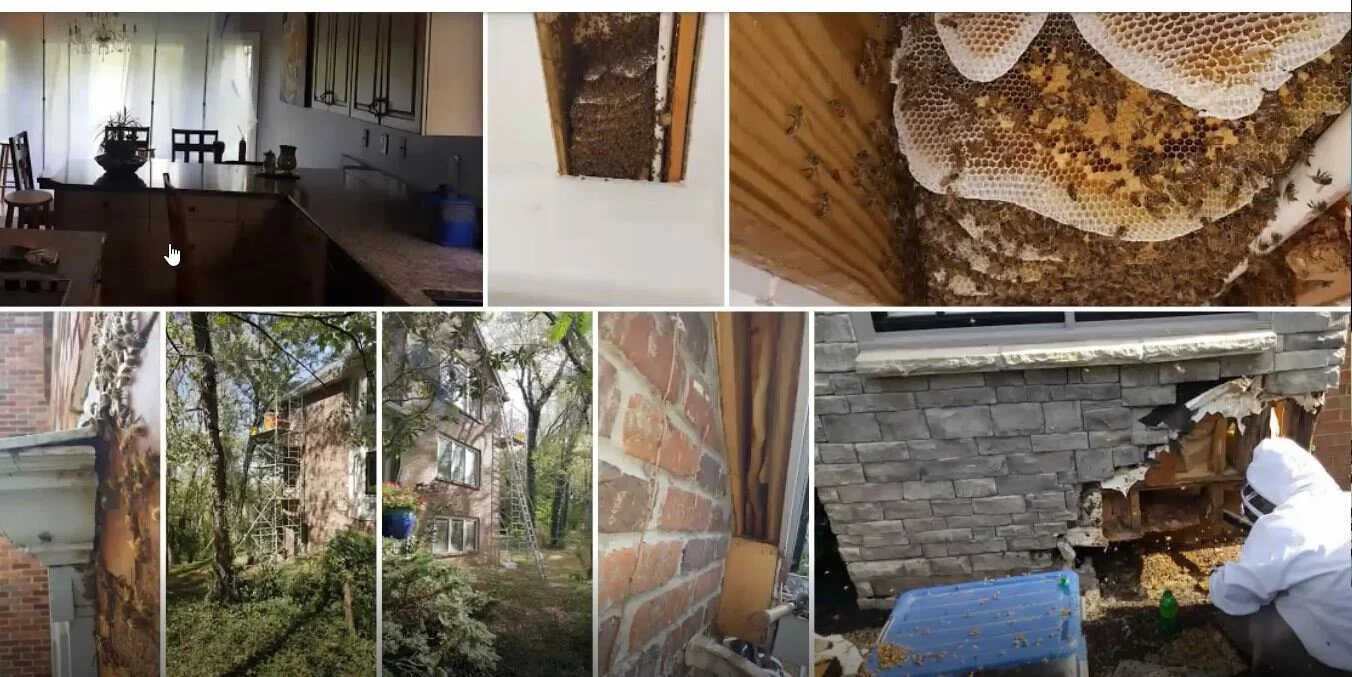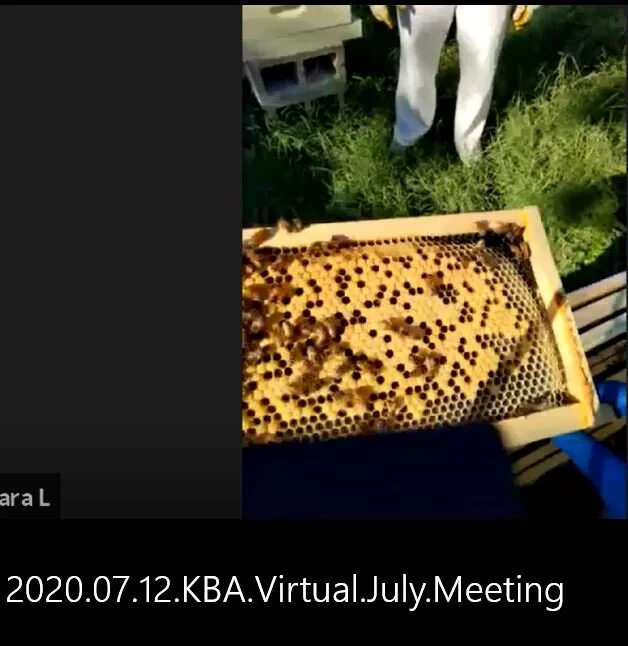We met in February with Claude Nutt who presented on Winter and Early Spring Management.
Read MoreKBA Blog
Karen Shade spoke to new and old beekeepers at an introductory level for our annual “Beekeeping 101” meeting. Access this meeting to learn more about getting started with beekeeping and learn from the other members on the meeting recording!
Read MoreOctober we hosted Dorothey Morgan from the Kentucky Queen Bee Breeders Association and Chasing Feral Honey Bees Association. She spoke about Winter and Spring Management of your colony and gave a nice presentation giving you options. Lots of information here in the video below!
Read MoreThis recipe makes 1 quart, which I keep in a glass canning jar.
Read MoreHive Inspections and Splits
We went out to Lara’s apiary in Fairdale and split a hive there using the OTS method. We will also hung a swarm trap to show you how to do this.
Read MoreOur March education session included information from Tim Hollins, KBA VP, on swarms and swarm traps. If you are interested in obtaining bees without purchasing them, here is your chance to learn how to do so.
Read MoreClaude Nutt, experienced beekeeper, went over late Winter and early Spring management of your honeybees with the club.
Read MoreWe had a good session with Leonard Davis on Beekeeping 101.
Read MoreKaren Shade, VP of the KBA, went over performing oxalic acid treatments using two different types of club-owned Oxalic Acid Vaporizers.
Read MoreThe bees have changed to their wintertime mode. A large colony may have a small amount of brood in early November, but that will soon disappear. By now the queen has completely stopped laying eggs. Five or ten days in November will be warm enough for the bees to fly, but they will find nothing blooming.
Read MoreWe met with Mike Hofelich and he walked us through how he does cut-outs for customers who have the unfortunate circumstances of bees making hives in their homes.
Read MoreBrood rearing declines dramatically to a small cluster of cells. Drones remaining in the hive are ejected by the workers. The bees begin to winterize their hive by collecting propolis, a sticky substance made from plant resins. The hive is now harder to open, and many frames are glued into position with propolis.
Read MoreA great informational meeting with Tammy Potter, Kentucky State Apiarist.
Read MoreBrood rearing begins to taper off and drone brood has disappeared. Often, a second honey flow comes in September. Goldenrod and aster bloom at this time. With a good location and good weather conditions, the beekeeper can make a significant crop. Have an empty super on the hive to take advantage of this possibility. Your experience from previous years will tell you whether bees can make a late season crop in your area.
Read MoreInformation, recording, and links on the virtual session for August 2020 with the Kentuckiana Beekeepers Association.
Read MoreLate summer is the time for bees to try to rob honey from other hives. This is because of the dearth of nectar. If you have more than one hive, don’t open a hive for more than a few minutes. Unguarded honey leads to a “robbing frenzy”. Even if you then close the hive, the robbing bees remain in the same frame of mind. Stronger hives will do their best to fight their way into the weaker hives. Watch for fighting bees at the entrances of the hives.
Read MoreWe went to our KBA club hives and did a hive inspection on them to show you the basics of how to perform a hive inspection.
Read MoreThe bees are much less active. The honey flow often ends, and the beekeeper will notice that stings are more frequent! This is because the foragers have less to do, and consequently spend more time at home guarding the hive. Swarming is still possible, but much less likely. Bees are now searching for water to cool their hive, and will fly for miles to find it if necessary. They place small drops of water in the cells and use their wings to fan the air over the cells.
Read MoreThis month is much like May, except the hive will have more bees. The honey and pollen flows continue. The days are long enough that the bees can fly for 14 to 16 hours a day, and they will.
There is now plenty of drone brood, which is ideal for varroa reproduction. It’s too early to treat for varroa, but it’s good to look for these mites by uncapping and examining the capped drone brood cells. (See the KSU publication “The Varroa Mite: an external parasite of honey bees”.)
Read More

























